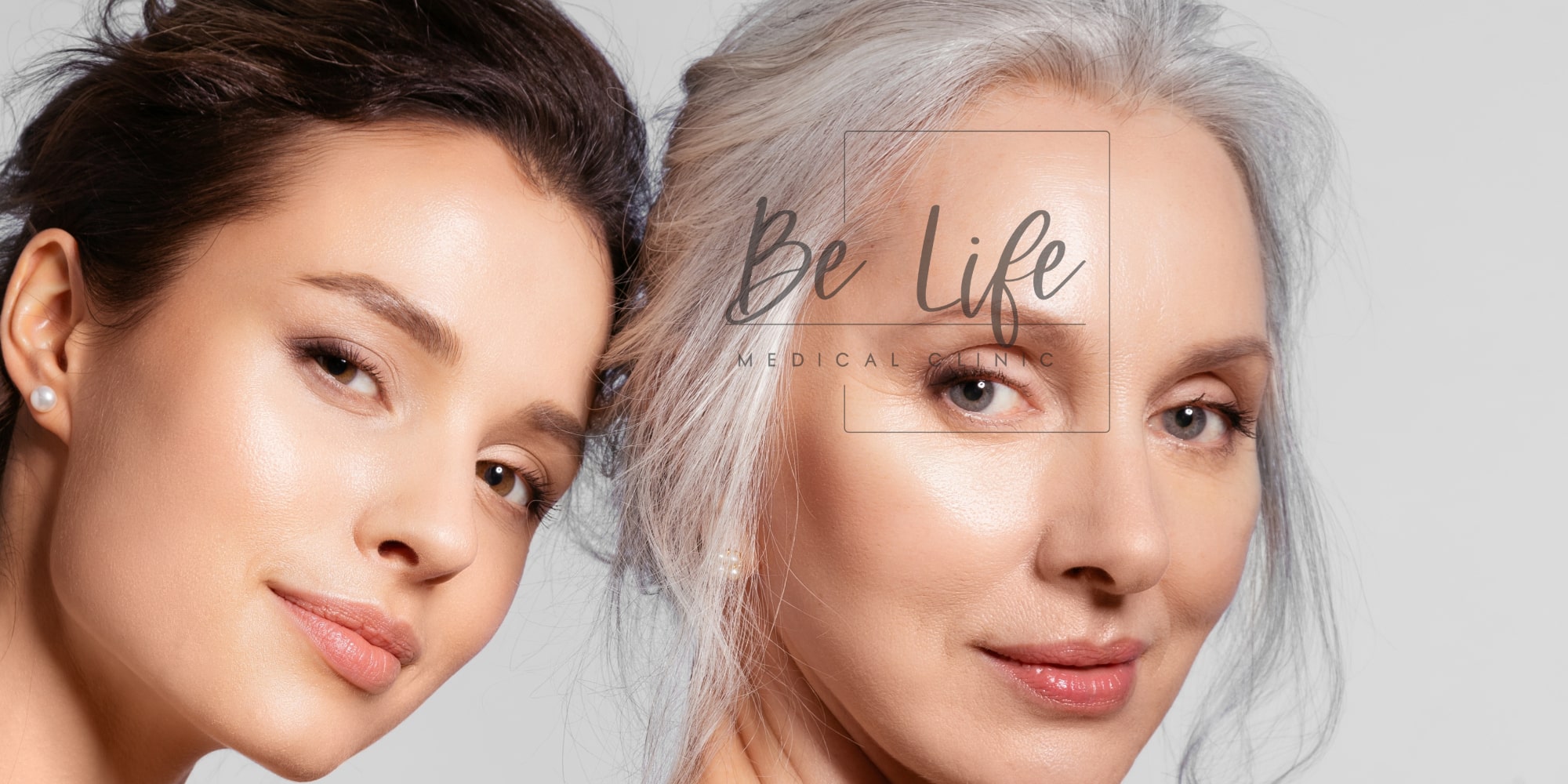Feeling beautiful and confident as well as staying natural is the ultimate goal of anti-aging and aesthetic medicine.
Anti-aging treatments are made for those who want “to age beautifully and gracefully” and not necessarily for those who are “fearing the aging process”.
The changes that occur over time are well known : wrinkles and unsightly folds appear and gradually the face looks more tired or severe. Anti-aging treatments aim to reduce or prevent these changes while preserving the natural features of the face. As a result, the face looks younger and fresher and this physical appearance can better match with positive inner feelings.
In aesthetic medicine, the term “beautification” is used to signify that treatments aim to improve the natural beauty, without affecting the natural features of a person. In other terms, the art of aesthetic medicine is to help you become the best version of yourself while respecting your individuality.
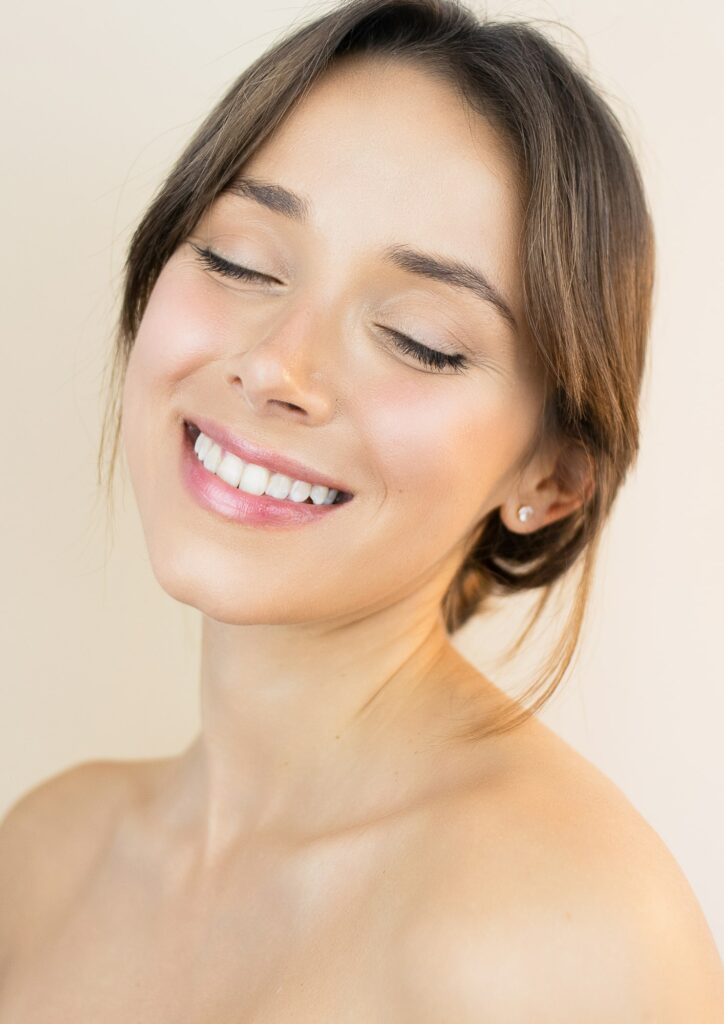
Frequently Asked Questions
For whom?
Anti-aging and aesthetic medicine is suitable for anyone wishing to refresh or improve the facial appearance and by extension, improve the general feeling of well-being. Although, some conditions must be met before starting treatment.
- A medical questionnaire is necessary to exclude any contraindication to treatment.
- Then, a comprehensive analysis is important to determine in advance whether a chosen treatment will be able to achieve the expected results.
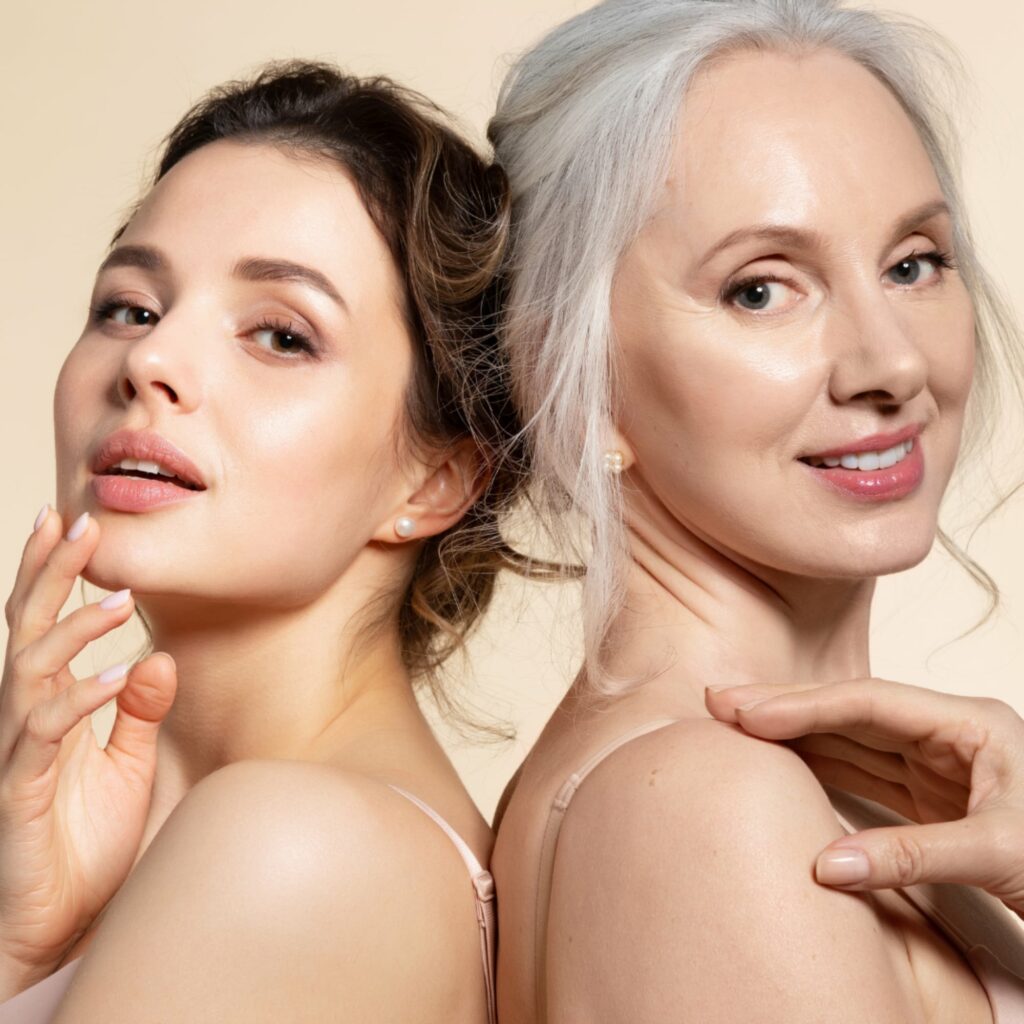
Some requests may be declined
- Unrealistic requests are declined to avoid the risk of disappointment.
- Unconsidered requests are declined to avoid the risk of regret, although most treatments are temporary or reversible.
- Pathological requests are declined to avoid the risk of disappointment or obsession. A pathological request is, for example, a request to change the face rather than a beautification demand, or a request concerning an imaginary imperfection, or an exaggerated concern or repulsion to a minor defect.

Which treatments?
There are several possibilities for each indication. The choice of a treatment is guided by an eventual personal preference and the medical questionnaire. It is also important to identify the needs and expectations at the first appointment to choose the appropriate treatment. Also, different treatments can be combined to obtain better results.
Which indications?
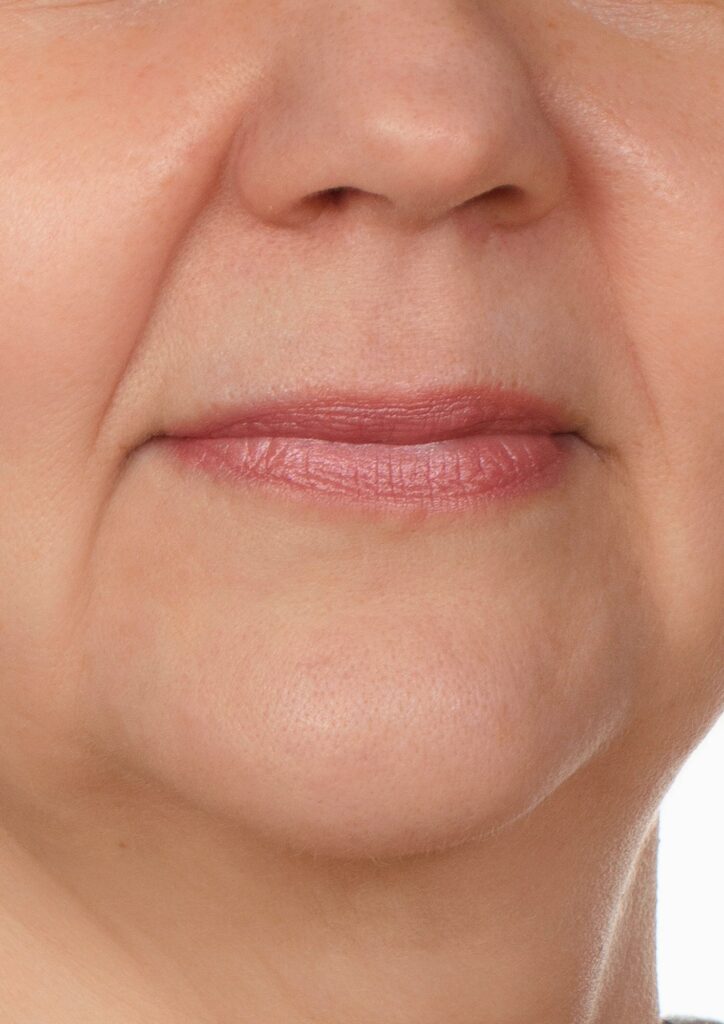
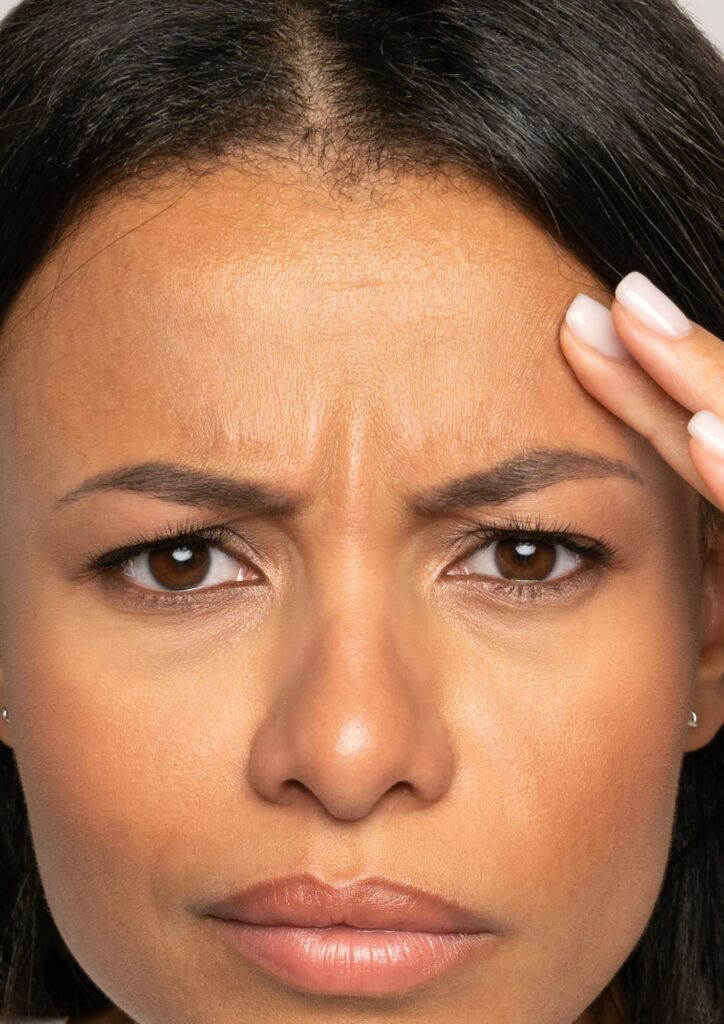
Wrinkles
Wrinkles are caused by our repeated facial expressions. As a matter of fact, each time the muscles are used for facial expressions, the skin is creased at the same places over and over : between the eyebrows, on the forehead, around the eyes, around the mouth and on the cheeks. Over time, the skin becomes less resistant to these creases, the skin “cracks” and wrinkles appear.
For the wrinkles between the eyebrows, on the forehead and around the eyes, the first choice treatment is botulinum toxin because that toxin is able to relax the muscles responsible for these wrinkles.
For the wrinkles on the cheeks and around the mouth, botulinum toxin is sometimes used, but other treatments are recommended in first place : treatments that stimulate skin quality, to make the skin more resistant to creases, or treatments that stimulate skin regeneration, to fade existing wrinkles.
Sagging skin and folds
Unwanted folds in the face are caused by loss of skin firmness and sagging of the face. The nasolabial folds are located between the nose and the corners of the mouth, while the marionette lines are located between the corners of the mouth and the jowls. These folds can give the face an older and sadder appearance, which is why they are often filled using hyaluronic acid. But, in order to achieve long-lasting results, it is essential to also address the cause of these folds and treat the loss of skin firmness and sagging of the face. Possible treatments for sagging skin and folds.
Loss or lack of volume
Volume is important in the face because it contributes to a youthful appearance. Young faces are typically rounder with full cheeks due to the presence of volume.
Over time, volume is gradually lost in the face, the face becomes more hollow which leads to sagging. This can result in a sunken, tired look that does not necessarily correspond to your inner feelings. Hyaluronic acid can be used to restore lost volume and the result of that is an instantly lifted and revived face. A common fear is to look unnatural after a treatment, but this does not happen because volume is restored, not added.
Sometimes, adding volume to the cheeks, lips or chin is a choice to enhance the natural beauty of a face while maintaining a natural look. Possible treatments for loss or lack of volume.
Stimulation of skin quality
A radiant and smooth skin is the reflection of a good skin quality. Many factors affect the skin quality : our genes, which we cannot control, but fortunately also many other factors which we can influence to improve skin quality.
This includes a healthy diet with adequate water intake, physical exercise, a good night’s sleep and the avoidance of stress and tobacco. Then, there is skin care that can be basic or extended, depending on the needs. What is good for skin is also good for health and general well-being.
Then, there is skin care that can be basic or extended, depending on the needs. A basic skin care consists of cleansing, moisturizing and protecting the skin from external, harmful factors. An extended care can address specific conditions such as acne, pigmentation spots, dilated pores or skin aging.
Protecting the skin from external, harmful factors (sun, pollution, tobacco, blue light) is crucial because they cause premature skin aging by damaging the collagen in the skin. Since several anti-aging treatments focus on collagen stimulation, it is logical to protect the already existing collagen in the skin!
Furthermore, some treatments can complement previous measures to contribute to a beautiful and bright skin. For a smoother skin texture, peelings combined with microneedling are an excellent option. For a glowing skin, the exfoliating and cleansing action of peelings can be associated with the hydrating power of mesotherapy. Possible treatments to stimulate skin quality.
Stimulation of skin regeneration
With aging, skin quality deteriorates : the skin becomes loose and thin and the skin surface becomes unappealing due to dullness, fine lines, enlarged pores or pigmentation spots.
Skin aging is the consequence of a decreased skin cell activity : as fewer cells are produced, the skin becomes thinner, and as dead cells accumulate on the skin surface, the skin tone becomes dull. Moreover, the production of collagen, elastin and hyaluronic acid also decreases, causing the skin to lose firmness, elasticity and hydration. Collagen is responsible for skin firmness because collagen fibers are not extensible and form a very dense network in the skin. Moreover, the production of collagen, elastin and hyaluronic acid also decreases, causing the skin to lose firmness, elasticity and hydration.
Collagen is responsible for skin firmness because collagen fibers are not extensible and form a very dense network in the skin. This strong network keeps the skin firm inside and smooth on the surface. When this network becomes less solid over time, the skin shows weakness and creases.
Hyaluronic acid, naturally present in the skin, provides hydration from the inside and gives the skin a radiant, plump and full aspect. On the other hand, loss of hyaluronic acid results in a dehydrated skin, making the skin look shrunken and wrinkled.
The loss of collagen and hyaluronic acid is estimated at 1% per year from the age of 20. This annual decline is worse after menopause or because of repeated exposure to harmful factors such as sun, pollution, tobacco or blue light. Protecting the skin from these external factors is therefore crucial to prevent accelerated skin aging !
In parallel, anti-aging treatments can be used to repair already damaged skin or to prevent damage for the younger skin. Also essential is a daily skin care to slow down skin aging. This routine consists of cleansing and moisturizing the skin, protecting the skin with antioxidants (vitamin C serum) and sunscreen (SPF 50), and using some actives that can stimulate skin renewal, collagen and hyaluronic acid production (such as niacinamide, retinol, glycolic acid, resveratrol).
Peelings with microneedling are an excellent combination because both cell renewal and collagen production are stimulated. Radiofrequency, collagen inductors and smooth threads focus on maximal stimulation of collagen production, while mesotherapy acts on both collagen and hyaluronic acid to firm and plump the skin.
For mature skin with visible damage, such as deep wrinkles, pigmentation spots or pronounced flaccidity, a more invasive treatment such as a “resurfacing” procedure can be considered. The purpose is to stimulate a new skin surface to fade existing damage and improve the overall appearance of the skin. Fractional radiofrequency and medium peelings are among the “resurfacing” treatments.
Finally, the combination of exosomes with microneedling is a non-invasive, interesting treatment because of a stimulating and regenerative activity on mature skin : a softer alternative to consider and combine with other treatments.
Neck, cleavage and hands
The neck, cleavage and hands also require attention to maintain a certain harmony between the face and the body. For this reason, it is interesting to include the neck, cleavage and hands in the daily skin care. In addition, some anti-aging treatments are also suitable to revive these forgotten areas. According to the needs, possible treatments are : radiofrequency, collagen inductors, thread lift, smooth threads, mesotherapy, peelings or botulinum toxin.
Which areas?
The usual areas are the face, neck, cleavage and hands.
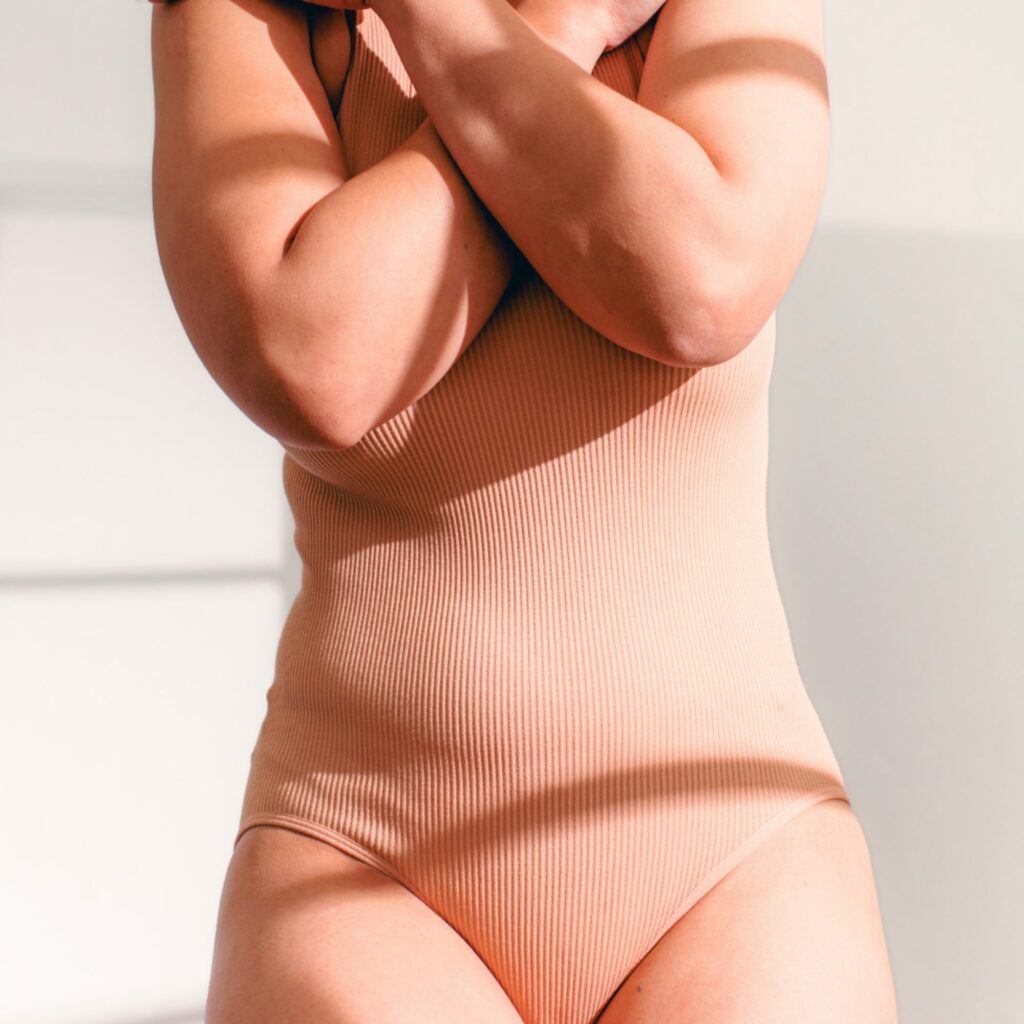

Is it painful?
Pain depends on the treatment chosen. In general, treatments can cause discomfort or brief pain, but are completely tolerable. In case of painful treatments, a topical numbing cream or local anesthetic injection is provided.
Is it dangerous?
The risks depend on the chosen treatment, the treated area and possible medical conditions or medication use. Potential risks and unwanted effects are discussed at the first appointment. In general, the risks are low. The purpose of anti-aging and aesthetic medicine is to feel better and more beautiful without taking unreasonable risks. To avoid unwanted effects, it is of course important to respect the specific measures imposed before or after a treatment.


What is the duration of treatment?
The number of sessions needed depends on the chosen treatment, the initial situation and the desired result. Some treatments require several sessions while for others a single session may be sufficient. Then, the obtained result can last from 3 months to 2 years depending on the treatment. After that, a maintenance session is often recommended in order to prolong the obtained result, but this is not an obligation.
What is the cost of treatment?
The cost of treatment depends on the areas, products used and the number of sessions.
General prices are listed below, while a detailed price list per treatment is available on the corresponding treatment page.
The cost of a consultation is 50 euros.
- Treatment
- Price per session
- Number of sessions
- Botulinum toxin
- 200€ per area
- + 75€ per additional area
- Price per session
- 1-4
- Number of sessions
- Hyaluronic acid
- 350€ for 1 ml
- + 250€ per additional ml
- Price per session
- 1-2
- Number of sessions
- Collagen inductors
- 400€ for 1.5 ml (neck, cleavage or hands)
- 700€ for 3 ml (face)
- 800€ for 2.5 ml (also contains hyaluronic acid)
- Price per session
- 1-2
- Number of sessions
- Thread lift
- 500€ for 4 tensor threads
- 800€ for 8 tensor threads
- Price per session
- 1-2
- Number of sessions
- Smooth threads
- 250€ for 20 threads (example : neck)
- 600€ for 60 threads (example : neck and cleavage)
- Price per session
- 1-3
- Number of sessions
- Radiofrequency with microneedling
- 300€ for single area (example : forehead)
- 350€ for double area (example : neck)
- Price per session
- 2-4
- Number of sessions
- Fractional radiofrequency
- 300€ for single area (example : around the mouth)
- 350€ for double area (example : neck)
- Price per session
- 4-6
- Number of sessions
- CO2 laser
- 400€ for small area (example : around the mouth)
- 450€ for large area (example : face)
- Price per session
- 1-3
- Number of sessions
- Mesotherapy
- 200€ per area
- + 75€ per additional area
- + 75€ for mesobotox
- + 75€ for skinboosters
- Price per session
- 3-5
- Number of sessions
- Microneedling
- 200€ with specific serum
- 275€ with nanopeeling
- 275€ with peeling
- 350€ with exosomes
- Price per session
- 3-6
- Number of sessions
- Peelings
- 200€
- Price per session
- 1-4
- Number of sessions
